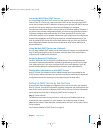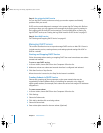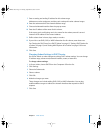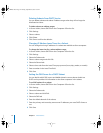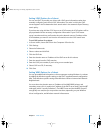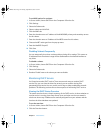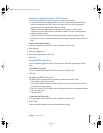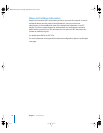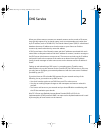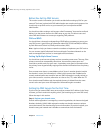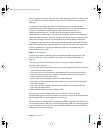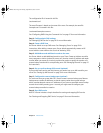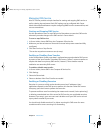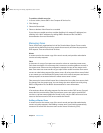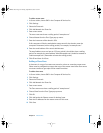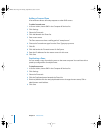
2
17
2 DNS Service
When your clients want to connect to a network resource such as a web or file server,
they typically request it by its domain name (such as www.example.com) rather than
by its IP address (such as 192.168.12.12). The Domain Name System (DNS) is a distributed
database that maps IP addresses to domain names so your clients can find the
resources by name rather than by numerical address.
A DNS server keeps a list of domain names and the IP addresses associated with each
name. When a computer needs to find the IP address for a name, it sends a message to
the DNS server (also known as a name server). The name server looks up the IP address
and sends it back to the computer. If the name server doesn’t have the IP address
locally, it sends messages to other name servers on the Internet until the IP address is
found.
Setting up and maintaining a DNS server is a complex process. Therefore many
administrators rely on their Internet Service Provider (ISP) for DNS services. In this case,
you only have to configure your network preferences with the name server IP address
provided by your ISP.
If you don’t have an ISP to handle DNS requests for your network and any of the
following is true, you need to set up DNS service:
• You don’t have the option to use DNS from your ISP or other source.
• You plan on making frequent changes to the namespace and want to maintain it
yourself.
• You have a mail server on your network and you have difficulties coordinating with
the ISP that maintains your domain.
Mac OS X Server uses Berkeley Internet Name Domain (BIND v.9.2.2) for its
implementation of DNS protocols. BIND is an open-source implementation and is used
by the majority of name servers on the Internet.
LL2351.Book Page 17 Monday, September 8, 2003 2:47 PM



